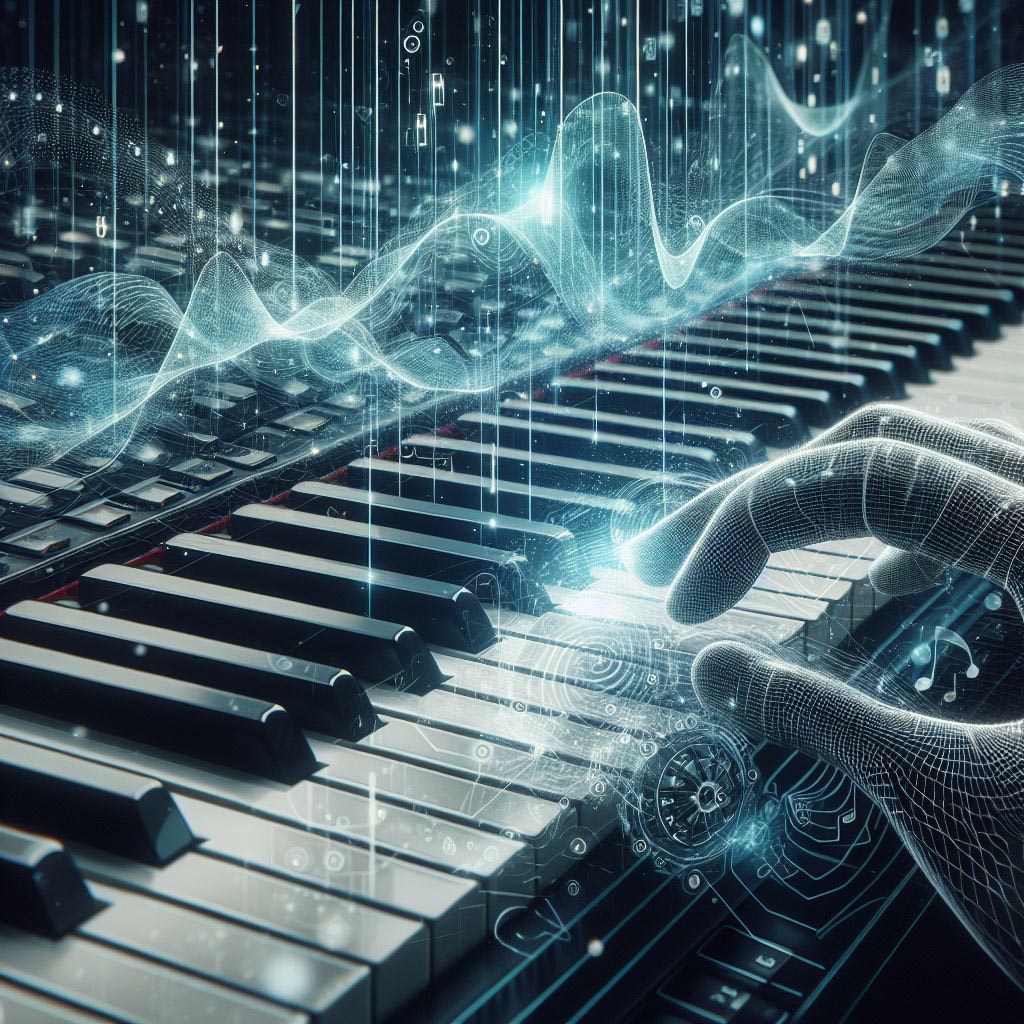Psytrance, a genre of electronic dance music characterized by its hypnotic beats and psychedelic soundscapes, has gained immense popularity for its ability to transport listeners to otherworldly realms. At the core of this sonic journey lies the fascinating world of complex rhythms, an intricate and essential element that sets psytrance apart from other electronic genres.
The Foundation of Complex Rhythms in Psytrance
At its foundation, psytrance typically features a fast-paced tempo ranging from 135 to 150 beats per minute (BPM). What distinguishes it, however, is the complexity and layering of rhythms that work in harmony to create a unique and entrancing sonic experience. The heartbeat of psytrance is often found in the hypnotic thump of the bassline, which is meticulously crafted to guide the listener through a transcendent voyage.
Polyrhythms and Syncopation
One of the defining characteristics of complex psytrance rhythms is the use of polyrhythms. Unlike more straightforward genres, psytrance frequently employs multiple rhythmic patterns simultaneously, creating a rich and textured sonic landscape. This intricate layering of rhythms contributes to the genre’s hypnotic and trance-inducing nature.
Syncopation is another key element that adds to the complexity of psytrance rhythms. By emphasizing off-beats or unexpected accents, syncopation creates a sense of unpredictability and excitement. It challenges the listener’s expectations, keeping them engaged and immersed in the evolving soundscape.
Modular Synthesis and Drum Programming
The production techniques in psytrance play a crucial role in crafting these complex rhythms. Modular synthesis, a method of sound design that involves interconnecting modular components, allows artists to sculpt intricate and evolving sonic textures. This approach gives producers the flexibility to create a wide array of unique sounds, including the signature swirling and morphing effects commonly heard in psytrance.
Drum programming in psytrance is an art form in itself. Producers experiment with various percussive elements, combining traditional drum hits with synthesized sounds and intricate patterns. The result is a rhythmic tapestry that keeps the energy levels high on the dance floor.
Evolution of Rhythmic Structures
As psytrance continues to evolve, artists are pushing the boundaries of rhythmic structures. Sub-genres such as darkpsy, forest psytrance, and hi-tech psytrance explore different facets of complex rhythms, introducing experimental patterns and unconventional time signatures. This evolution keeps the genre fresh and exciting, appealing to a diverse audience with varying preferences.
Live Performances and the Dance Floor Connection
The impact of complex rhythms in psytrance is most evident on the dance floor during live performances. The synergy between the beats, basslines, and atmospheric elements creates an immersive experience that transcends the auditory. Psytrance enthusiasts often describe the genre’s dance culture as a form of meditation, where the intricate rhythms serve as a guiding force, leading dancers through a collective journey of self-discovery and transcendence.
Complex Rhythms Conclusion
In the realm of electronic music, psytrance stands out for its ability to weave intricate and complex rhythms into a mesmerizing auditory tapestry. From polyrhythms to syncopation, modular synthesis to experimental structures, the genre’s commitment to pushing sonic boundaries ensures a constant evolution that captivates both seasoned enthusiasts and newcomers alike. As the psytrance community continues to expand globally, the exploration of complex rhythms remains at the forefront, promising an ever-evolving sonic adventure for those who embark on this mesmerizing journey.
